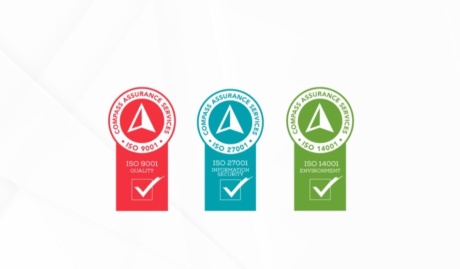At Grassroots IT our mission is to help our clients drive meaningful change through the effective, strategic use of technology. A key part of this is understanding our client’s IT budgets and helping them to get the most bang for their buck while avoiding some common IT investment mistakes.
IT may be an essential and unavoidable cost of doing business, but with appropriate planning, your IT budget can help drive your business forward rather than simply maintaining the status quo. To achieve this however appropriate thought and planning must be devoted to IT investment decisions so as to avoid these common mistakes.
Failing to align IT investments with business goals
One of the biggest mistakes that we see organisations make is investing in IT solutions without proper consideration of how those investments align with their business goals. The role of IT in any organisation is to support the overall business strategy, and with a limited IT budget, every dollar must be spent to directly impact that result in a positive way.
A clearly articulated IT Strategy aligned with the overall business goals and financial strategy is a must-have for any organisation and will help to ensure that all IT investments are made with a clear understanding of how they will contribute to achieving the desired business outcomes.
Some potential areas of IT spending that tend to align strongly with business outcomes can include:
- IT Support – to ensure that systems are running well, and help is on hand when required.
- Cybersecurity – to protect the organisation from damaging data loss.
- Staff training – to optimise staff satisfaction & productivity.
- Process Automation – to increase productivity & improve customer service.
Related: Three Crucial Elements for your IT Strategy
Neglecting change management
Another mistake that we see is failing to implement proper change management processes when adopting new technology. For IT investments to be successful, employees need to understand why the investment is being made and how it will benefit them. This requires clear communication and training, as well as providing appropriate support during the transition.
Too many organisations will implement new technology without properly preparing their staff, leading to resistance and low adoption rates. This can result in wasted investment, lost productivity and a lack of return on the IT spend.
How do you avoid this mistake? Adopt a mindset of taking your team on the journey with you. Explain why the new technology is being implemented, consult with key stakeholders when designing the solution, and provide staff with training and support on the new system so that they can become comfortable and productive as quickly as possible. The more buy-in employees have along the way, the more likely the IT investment will be successful.
Overlooking new ways of working
With change comes opportunity, yet too many organisations fail to see the potential of new technologies and ways of working, even after implementation! It’s not uncommon for an organisation to adopt a new technology without fully reviewing its work practices to take the best advantage of the new platform. Although this may feel safe and comfortable, it risks leaving significant value on the table.
One common example that we see is organisations that adopt the Microsoft 365 platform yet continue to use apps such as Zoom and Dropbox despite these same features being not only available but better integrated within Microsoft 365. Through a simple process of training staff on these Microsoft 365 features and updating business processes, not only would the business save money on app subscriptions, but users would have a more streamlined and productive experience.
So how do you avoid this mistake? Regularly review your work processes and practices after implementing a new technology. See how you can streamline workflows and improve efficiency by utilizing the full capabilities of the new platform. This may also involve training staff on these new features so that they are aware of all the tools at their disposal and can help identify opportunities for new and improved ways of working.
Conclusion
Every organisation invests in its IT systems, but not all organisations focus on maximising the ROI of that IT investment. By avoiding these common IT investment mistakes, you can be confident that your IT budget will deliver maximum bang-for-buck.
If you would like to speak with us about maximising the ROI of your IT budget, contact us today.


























